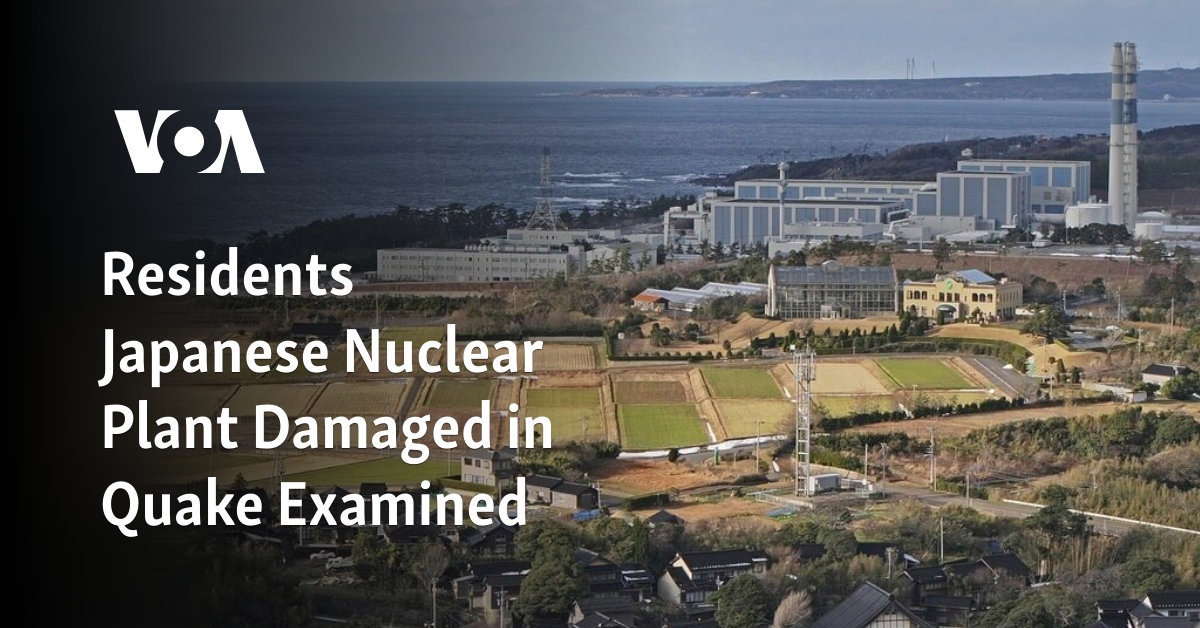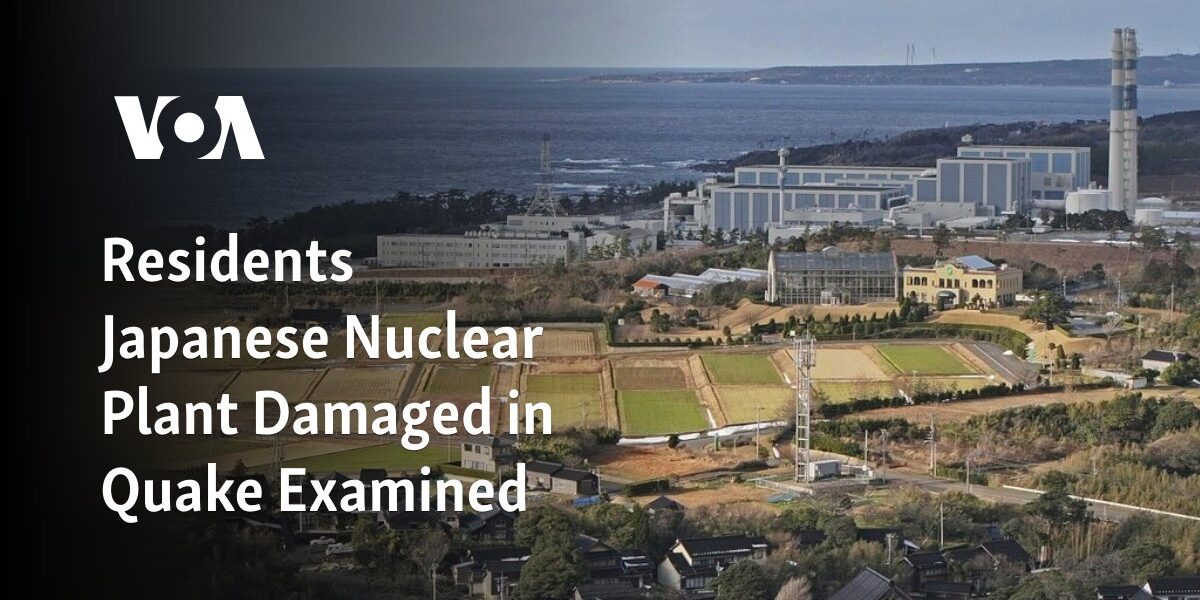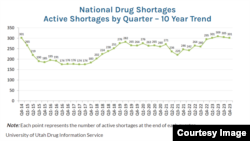The individuals residing near the Japanese nuclear plant affected by the earthquake were examined.

A petition was submitted on Friday by a group of people who live in towns near Japanese nuclear plants. They are asking regulators to stop safety checks for restarting reactors that have been inactive until a thorough assessment of a plant is conducted. This plant experienced a partial loss of external power and a spill of radioactive water during a recent strong earthquake.
On January 1st, a magnitude 7.6 earthquake struck north-central Ishikawa prefecture, followed by numerous strong aftershocks. This caused the deaths of 240 individuals and 15 people are still missing. Additionally, a small tsunami was triggered.
The Shika nuclear power plant on the Noto Peninsula in Ishikawa experienced power outages in two reactors due to transformer damage. Hokuriku Electric Power Co. reported that there was a release of radioactive water from spent fuel cooling pools and some cracks were found on the ground, but no radiation escaped outside.
The destruction reignited worries about safety and locals are questioning if they would have been able to evacuate in time if the situation had been more dire. The quake caused significant harm to roads and homes in the area.
After the 2011 Fukushima nuclear disaster, all nuclear power plants in Japan were temporarily closed for safety inspections that adhere to stricter standards. The government is currently advocating for their restart, but progress has been sluggish, partially due to ongoing opposition towards nuclear energy among the general population. As of now, only twelve out of the 33 operational reactors have been restarted.
On Friday, citizens from Ishikawa and other areas housing nuclear power plants came together in Tokyo to present a petition to the Nuclear Regulation Authority. The petition requests that the screening process be put on hold until a thorough investigation of the damage at the Shika nuclear plant is conducted and safety precautions are put in place.
According to Susumu Kitano, a resident of the Noto Peninsula, there would be no means of evacuation in the event of a significant incident at the facility.
Officials responsible for nuclear safety have observed that the severe destruction to residences and roads near the Shika power plant renders current evacuation strategies impractical. The widespread damage, which includes landslides, has resulted in numerous areas being unreachable, leaving thousands of individuals stranded on the narrow strip of land.
According to experts, existing plans for responding to nuclear emergencies often overlook the impact of multiple disasters and should be updated to include a broader range of potential situations.
Takako Nakagaki, who lives in Kanazawa about 60 kilometers south of the Shika plant, expressed doubts about the effectiveness of the current evacuation plan. She believes it is unrealistic and impractical, as residents closer to the plant are instructed to remain indoors in the event of a radiation leak, which would be impossible if their homes are destroyed by an earthquake.
The earthquake in Noto caused concern in the nearby Fukui prefecture, where three plants with seven reactors have been restarted. It also raised fears in Niigata prefecture, as the company operating the Fukushima nuclear plant, which was damaged by a tsunami, is planning to restart its sole functioning nuclear plant – the Kashiwazaki-Kariwa plant, which has seven reactors and is the largest in the world.
Earlier this week, many residents from towns with nuclear plants submitted requests to regulators and Prime Minister Fumio Kishida.
The Nuclear Regulation Authority has asked for a deeper examination of the Shika plant, despite the initial evaluations indicating no immediate danger to its cooling systems or any radiation leakage outside. Officials from the NRA advised the operator of Shika to take into account the potential for further harm to crucial equipment as aftershocks persist.
The Shika nuclear reactors, which were commissioned in 1993 and 2006, have been inactive since the Fukushima disaster in 2011. Hokuriku Electric Power intends to resume operation of the newer No. 2 reactor by 2026, but assessments of the recent earthquake damage may cause a postponement of this plan.
In spite of the Fukushima catastrophe, the authorities have advocated for a greater reliance on nuclear power as a reliable and environmentally-friendly energy source.
Source: voanews.com




